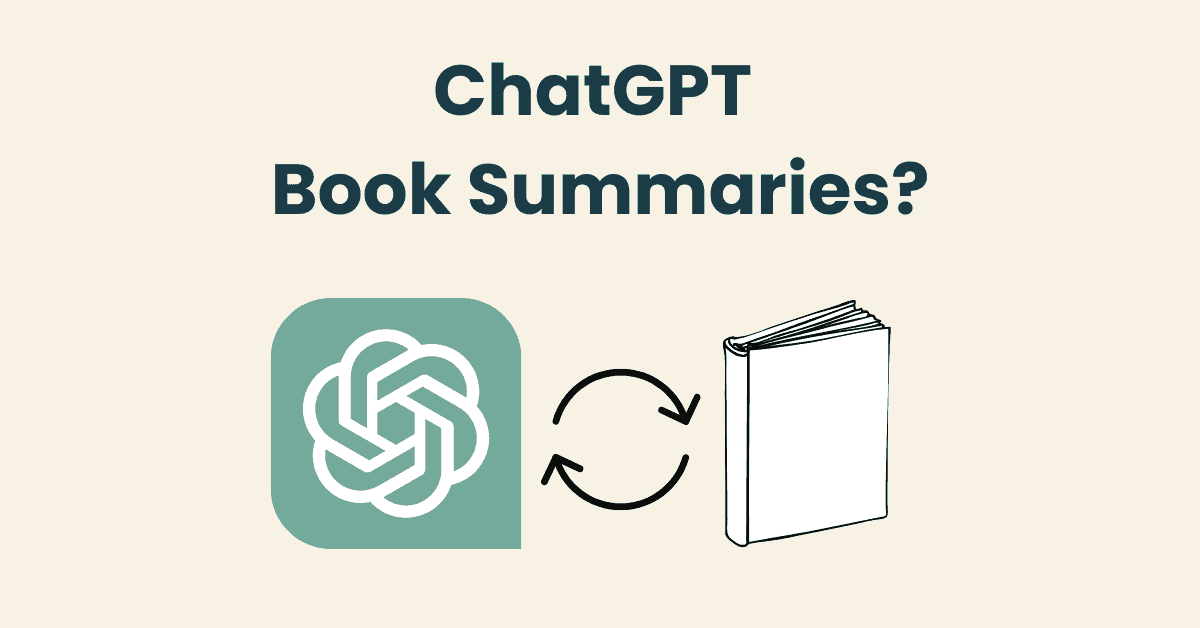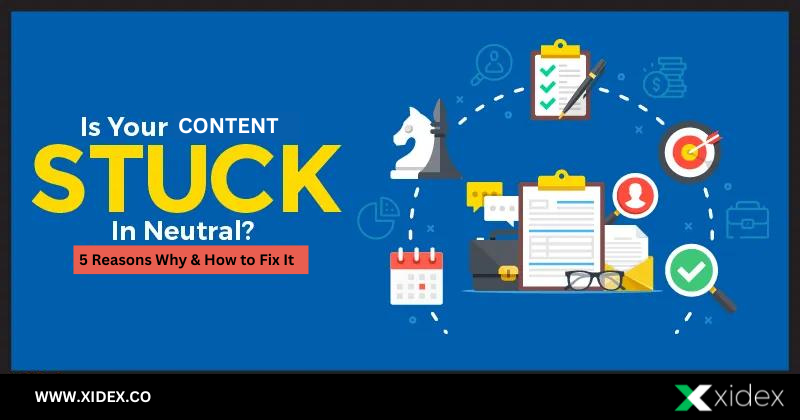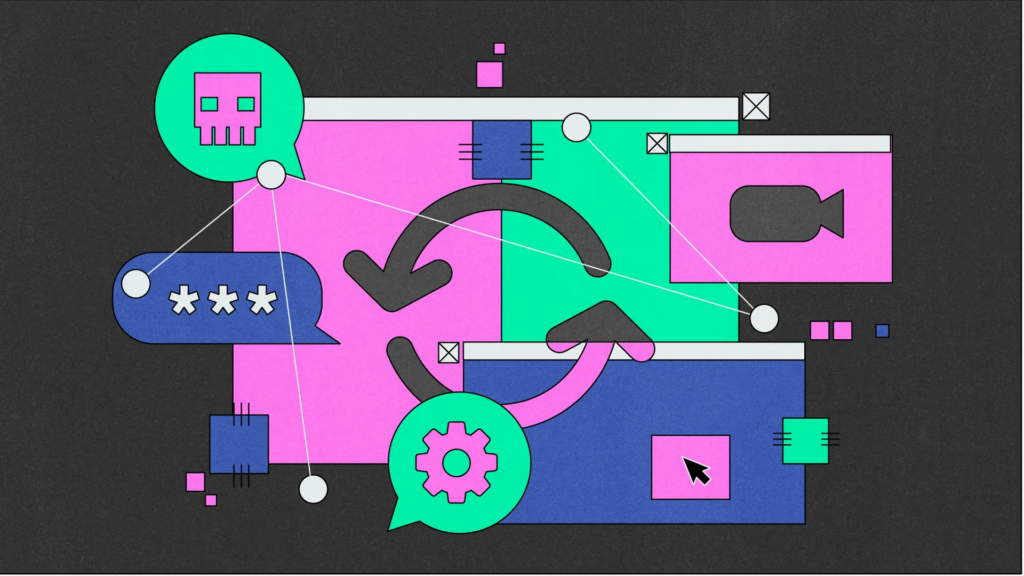Mastering summarization with ChatGPT involves training the model to generate concise and coherent summaries of longer texts. Summarization is a challenging task, but with the right approach and techniques, you can improve ChatGPT’s ability to produce high-quality summaries. Here’s a step-by-step guide:
- Data Collection and Preprocessing:
- Gather a diverse dataset of documents along with their corresponding human-written summaries.
- Preprocess the data by cleaning, tokenizing, and normalizing the text to ensure consistency.
- Dataset Formatting:
- Format the dataset into a suitable structure for training, including the document and its corresponding summary.
- Fine-tuning the Model:
- Use the pre-trained ChatGPT model as the starting point.
- Fine-tune the model on your summarization dataset using methods like supervised learning.
- Design a custom loss function that encourages the generation of coherent and concise summaries.
- Sequence-to-Sequence Architecture:
- Set up the fine-tuned ChatGPT as a sequence-to-sequence model for text generation.
- The input will be the document, and the model will be trained to output the summary.
- Attention Mechanism:
- Utilize attention mechanisms to help the model focus on important parts of the document while generating the summary.
- Attention mechanisms enable the model to attend to relevant context and improve summarization quality.
- Hyperparameter Tuning:
- Experiment with various hyperparameters like learning rate, batch size, and number of layers to optimize the model’s performance.
- Use techniques like grid search or random search to find the best combination of hyperparameters.
- Decode Strategy:
- Choose an appropriate decoding strategy for summarization, such as beam search or sampling.
- Beam search generally produces more accurate results but may lack diversity, while sampling is more creative but less controlled.
- Length Control:
- Implement methods to control the length of the generated summary, preventing it from being too short or too long.
- Techniques like length normalization or penalty terms in the loss function can be used.
- Evaluation Metrics:
- Select suitable evaluation metrics to measure the quality of the generated summaries.
- Common metrics include ROUGE (Recall-Oriented Understudy for Gisting Evaluation) and BLEU (Bilingual Evaluation Understudy).
- Iterative Refinement:
- Continuously iterate and fine-tune the model using a feedback loop.
- Collect user feedback on generated summaries and use it to improve the model’s performance.
- Post-processing:
- Apply post-processing techniques to the generated summary to ensure coherence and grammatical correctness.
- Handling Long Documents:
- For longer documents, consider breaking them into smaller chunks to generate summaries for each part and then combine them to form a cohesive summary.
Remember that mastering summarization with ChatGPT requires experimentation and constant refinement. Continuously evaluating and improving the model based on real-world usage and user feedback is essential to achieving optimal results. Additionally, summarization can be a subjective task, so consider involving human reviewers to ensure the quality of the generated summaries meets the desired standards.





